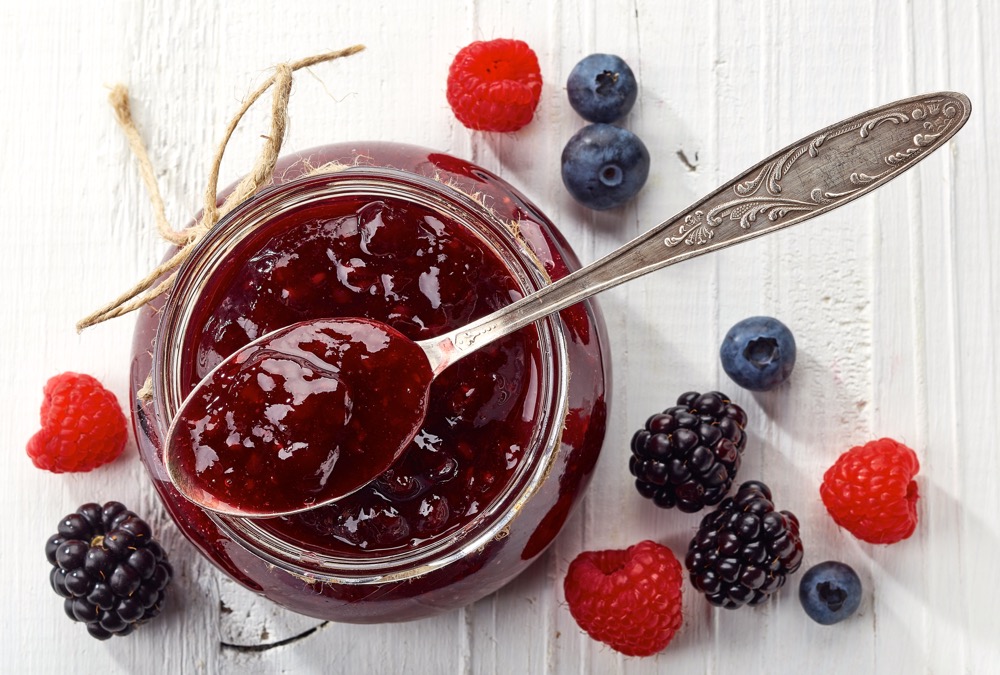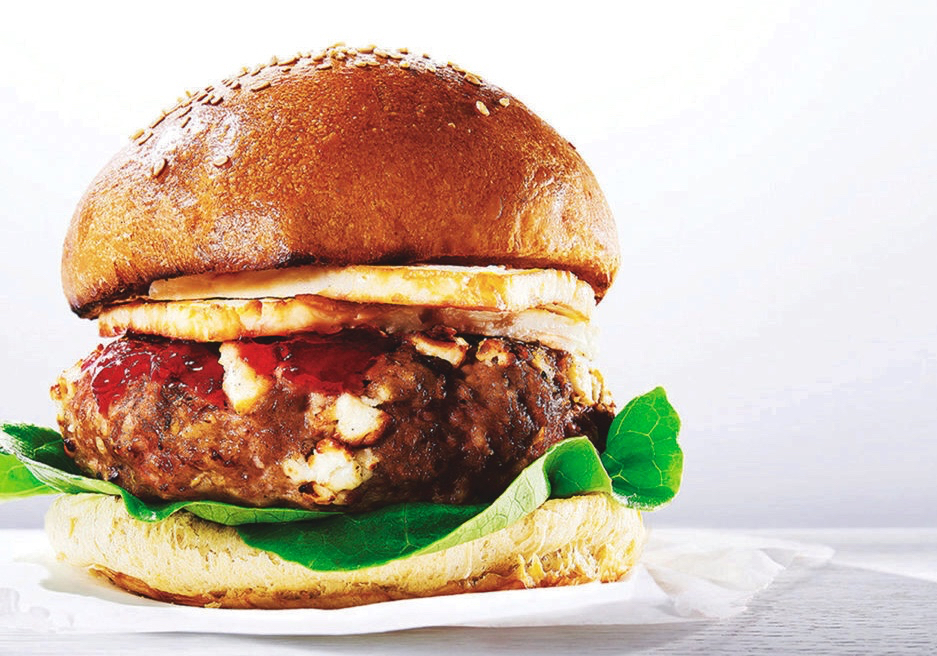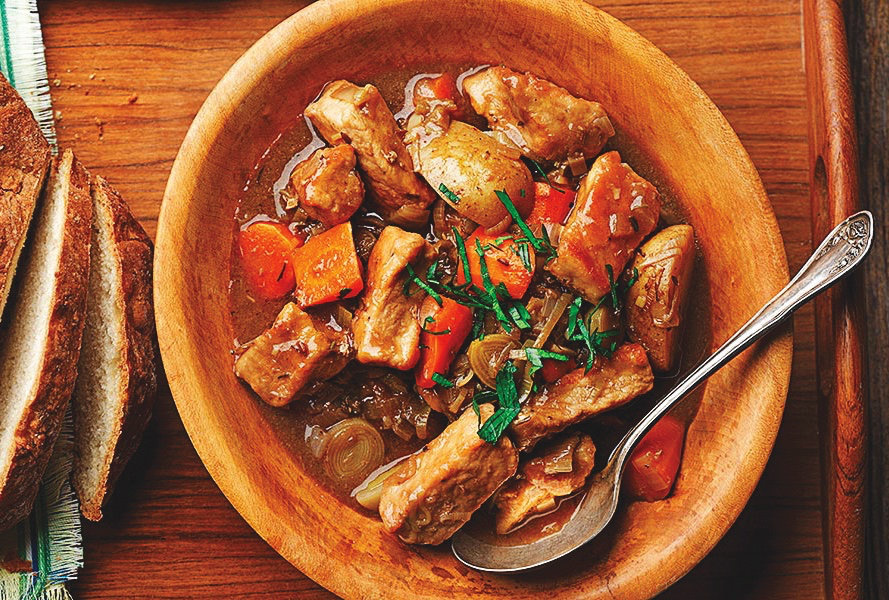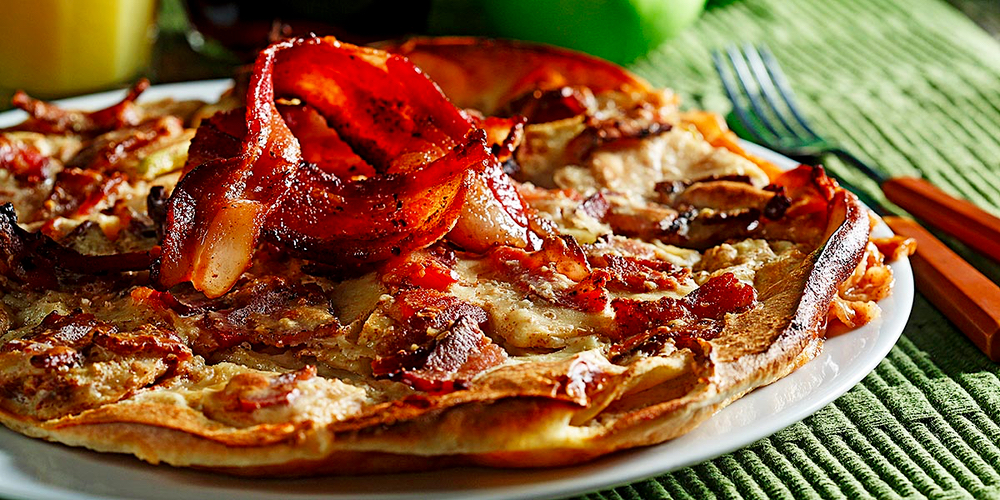Making your own jams and jellies is an easy and delicious way to capture the great tastes of our Prairie fruits. Luckily for us, today, jam making is easier than ever.
What was a never-ending chore and means of survival for our grandmothers is now a hobby for us. We have the luxury of preserving small batches, experimenting with different flavour combinations and using commercial pectin to make the process much quicker and easier. It’s definitely worth a try this summer.
The star ingredient of any jam is the fruit, and our Prairie fruit varieties are perfect. Head to the garden, riverbank, U-pick, or farmers’ market to find fresh, local strawberries, currants, gooseberries, grapes, cranberries, apples, crabapples, blueberries, raspberries, wild plums, sour cherries, chokecherries, saskatoons and so on. They all make great jams and jellies. Use just one fruit at a time or try different combinations. A mere six to eight cups is all that’s needed for one batch of six jars.
Read Also

What I learned about Manitoba eggs
Manitoba-laid eggs provide good, locally produced nutrition while supporting local farmers and the Canadian agriculture industry.
Pectin is another key ingredient you’ll need. Pectin is a plant-based material that makes jams and jellies thicken. While experienced jam makers may rely on the natural pectin present in high amounts in some fruits (apples, citrus, cranberries, currants, grapes, gooseberries and plums), a box of commercial pectin makes things much easier and leads to more consistent results in less time. However, each type of pectin is formulated differently, so it’s important to follow ingredient lists, package instructions and recipes. Doubling recipes, omitting lemon juice, overcooking, reducing sugar amounts or substituting one pectin for another can all lead to poor gel sets.
Typical pectin varieties you’ll find in grocery stores include:
- Regular powdered pectin — for classic cooked jams and jellies; requires more sugar than fruit;
- Liquid pectin — for classic cooked jams and jellies, dissolves easier than powdered pectin, requires more sugar than fruit;
- Reduced sugar or no sugar needed — ideal for cooked jams and jellies; requires much less sugar, can use alternative sweeteners;
- Freezer jam pectin — ideal for no-cook freezer jams; requires much less sugar; final product must be stored in the freezer not the pantry; creates a softer jam;
- Pomona pectin — ideal for no-sugar jams and jellies, activated by calcium (included in package), creates a stiffer more opaque jam, available in health food stores.
Sugar is another important ingredient in jam making. Sugar helps set pectin, preserve the colour and texture of jam and prevent mould growth once a jar is opened. When using reduced-sugar or no-sugar pectin, expect slight differences in texture and colour. And, once opened and in the fridge, reduced-sugar jams should be eaten within four to five weeks as they are more prone to mould growth.
Rest assured that cooked jams and jellies are one of the safest preserves to make at home. By following instructions for sterilizing the jars, boiling the jam and heat processing the jars after they’ve been filled, you eliminate all micro-organisms and create a super-tight seal to keep it safe.
Preparing jars
To sterilize jars, check for any cracks or chips, wash them in soapy water and then boil them in a large pot for 10 minutes. Jars should still be hot when filled with jam.
Once the jars are filled and the lids are secured, return the jars to the pot and boil for five minutes (half-pint jam jars). While many people scoff at this extra step, it is highly recommended as it removes any remaining oxygen in the jar, kills any microbes that may have entered while filling the jars and creates the tightest seal possible.
No-cook freezer jam is a tasty, low-sugar alternative for anyone who’s making jams with kids or wants to avoid heat processing and cooking the jam altogether. Just be sure to use freezer jam pectin which has been specifically formulated to gel without heat and with less sugar.
Here are my favourite recipes using three different types of pectin.
No-cook strawberry rhubarb freezer jam
More fruity than sweet, this soft jam tastes like fresh, crushed strawberries on toast.
- 4 c. strawberries (fresh or frozen)
- 2 c. rhubarb diced (fresh or frozen)
- 1-1/2 c. sugar
- 1 pkg. freezer jam pectin
• Wash and clean fresh strawberries or thaw frozen strawberries.
• In large pot, bring rhubarb and 2 tbsp. of water to boil. Simmer for 6-8 minutes until rhubarb is soft and tender.
• Mix rhubarb and strawberries together in a deep 9×13 baking pan.
• Crush strawberries and rhubarb with a potato masher to get approximately 4 cups of crushed fruit.
• In separate small bowl, mix sugar and pectin.
• Add pectin to fruit. Stir until pectin is completely dissolved, about 2 to 3 minutes.
• Pour into clean jars or plastic freezer containers leaving a 1/2-inch headspace to allow for expansion.
• Wipe rim with clean cloth and seal. Let stand for 30 minutes to set.
• Keep in refrigerator for 3 weeks or freeze for up to 1 year.
Makes: 5 half-pint (250 ml) jars.
Recipe Source: www.gettystewart.com
Raspberry mint jam
A tasty combination. The sugar-reduced pectin used, allows you to select how much sugar to add.
- 6 c. raspberries, fresh or frozen (thawed)
- 2 tbsp. lemon juice
- 1/2 c. mint tea, brewed strong
- 1 pkg. No Sugar Needed Pectin Powder
- 1-2 c. sugar
• Wash and clean berries (if frozen, thaw).
• To remove seeds, press berries through a sieve with back of a spoon (optional).
• If not removing seeds, crush berries with a spoon.
• In a large pot, combine fruit, lemon juice and tea. You should have 4 cups of fruit and liquid. If needed, top up with apple juice.
• Add pectin. Stir until completely dissolved. Bring to a boil.
• Add sugar and return to full boil for 3 minutes, stirring constantly.
• Remove from heat and skim off any foam.
• Pour into hot, sterilized jars leaving a 1/4-inch headspace.
• Wipe rim with clean cloth and seal with hot sealing lid.
• Screw band on top and tighten finger tight.
• Boil jars in a hot water bath for 5 minutes (half-pint jam jars).
• Remove jars and cool undisturbed for 24 hours.
• Check seal and store in dry, dark room for 1 year.
Makes: 5-6 half-pint jam jars.Makes: 5 half-pint (250 ml) jars.
Recipe Source: www.gettystewart.com
Chokecherry jelly
A Prairie classic submitted to the Prairie Fruit Cookbook by Judie Birch of Neepawa.
- 12 c. chokecherries
- 3-1/2 c. water
- 1 pkg. regular pectin powder
- 6-1/2 c. sugar
• Wash chokecherries and place in large pot with water.
• Bring to boil and simmer for 15 minutes until chokecherries are soft.
• Place in jelly bag or strainer to extract juice.
• Return 4-3/4 cups juice to saucepan. Add pectin and bring to boil for 1 minute.
• Add sugar and return to boil for 1 minute, stirring constantly.
• Remove from heat and skim off any foam.
• Pour into hot, sterilized jars leaving a 1/4-inch headspace.
• Wipe rim with clean cloth and seal with hot sealing lid.
• Screw band on top and tighten finger tight.
• Boil jars in a hot water bath for 5 minutes (half-pint jam jars).
• Remove jars and cool undisturbed for 24 hours.
• Check seal and store in dry, dark room for 1 year.
Makes: 7-8 half-pint jam jars.
Recipe Source: Prairie Fruit Cookbook




















